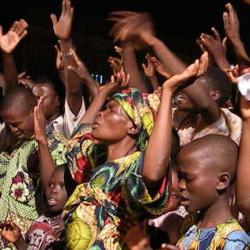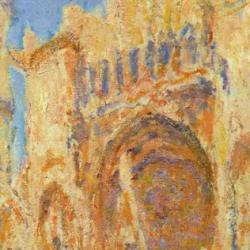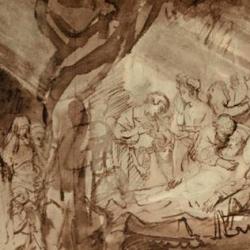In a recent Theopolis lecture, James Jordan pointed to the symmetry between the beginning and end of the Mosaic era. As soon as the tabernacle is set up, Aaron’s two sons, Nadab and Abihu, offer foreign fire before the Lord and are killed. At the end of the Mosaic era, two priestly sons of Eli, Hophni and Phinehas, are killed in the battle of Aphek.
The Mosaic era begins with the death of two priestly sons, and ends with the death of two priestly sons.
The monarchy is also framed by the deaths of sons. David’s three oldest sons, all heirs to the throne, die for various reasons—Amnon killed by Absalom, Absalom killed by Joab’s men, the child of Bathsheba killed as a punishment for David’s sin. Solomon the fourth son becomes the true Judah, who was also the fourth son who replaced three older brothers. When Nebuchadnezzar captures Jerusalem, Zedekiah tries to flee, but he’s captured and his sons are killed before his eyes, before the Babylonian commander pokes out his eyes.
Like the Mosaic era, the Davidic era begins with the deaths of royal sons.
If we take Samuel and Kings together as the story of Israel’s monarchy, we can see that it begins with the deaths of priestly sons (Hophni and Phinehas) and ends with the deaths of royal sons (Zedekiah’s).
It may be relevant to note that both Elijah and Elisha deal with dead sons, though not their own. Both of them raise boys from the dead. Perhaps there is a hint that prophecy brings something unprecedented into Israel’s history, a covenantal order that does not end with the deaths of sons, but an order in which dead sons are given new life.
We are put in mind of Joshua’s warning that anyone who rebuilt Jericho would do so at the expense of his sons, a curse fulfilled in the days of Ahab (1 Kings 16:34). One is also, inevitably, put in mind of the death of the son, Jesus.
Does the new covenant begin with a double or multiple death? It would seem so, as both John and Jesus die. Does the new covenant end with a double or multiple death of sons? That’s hard to say, since we are only 2000 years into the new covenant era.
There may be something in the two witnesses in Revelation 11. They resemble John and Jesus, and the apostles, as well as various Old Testament figures. Their deaths, representing the deaths of the early Christian martyrs, are foundational to the founding of new Jerusalem. Perhaps we can say this: The new covenant era is founded by the death of two sons—John and Jesus—and the period of founding is completed by the deaths of the two witnesses.















